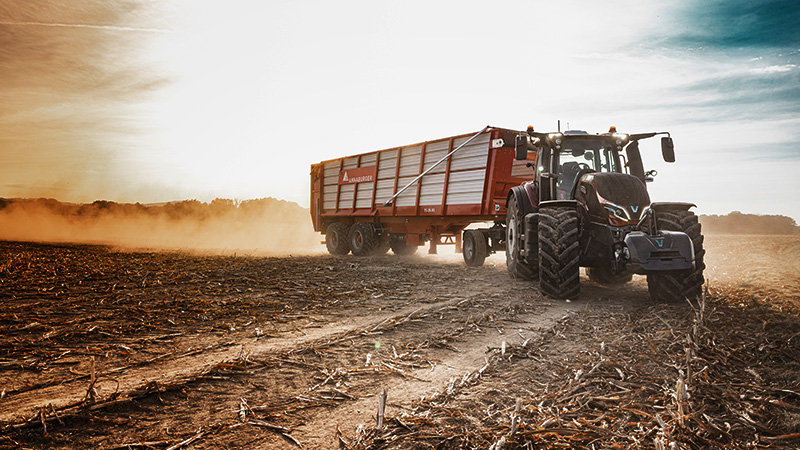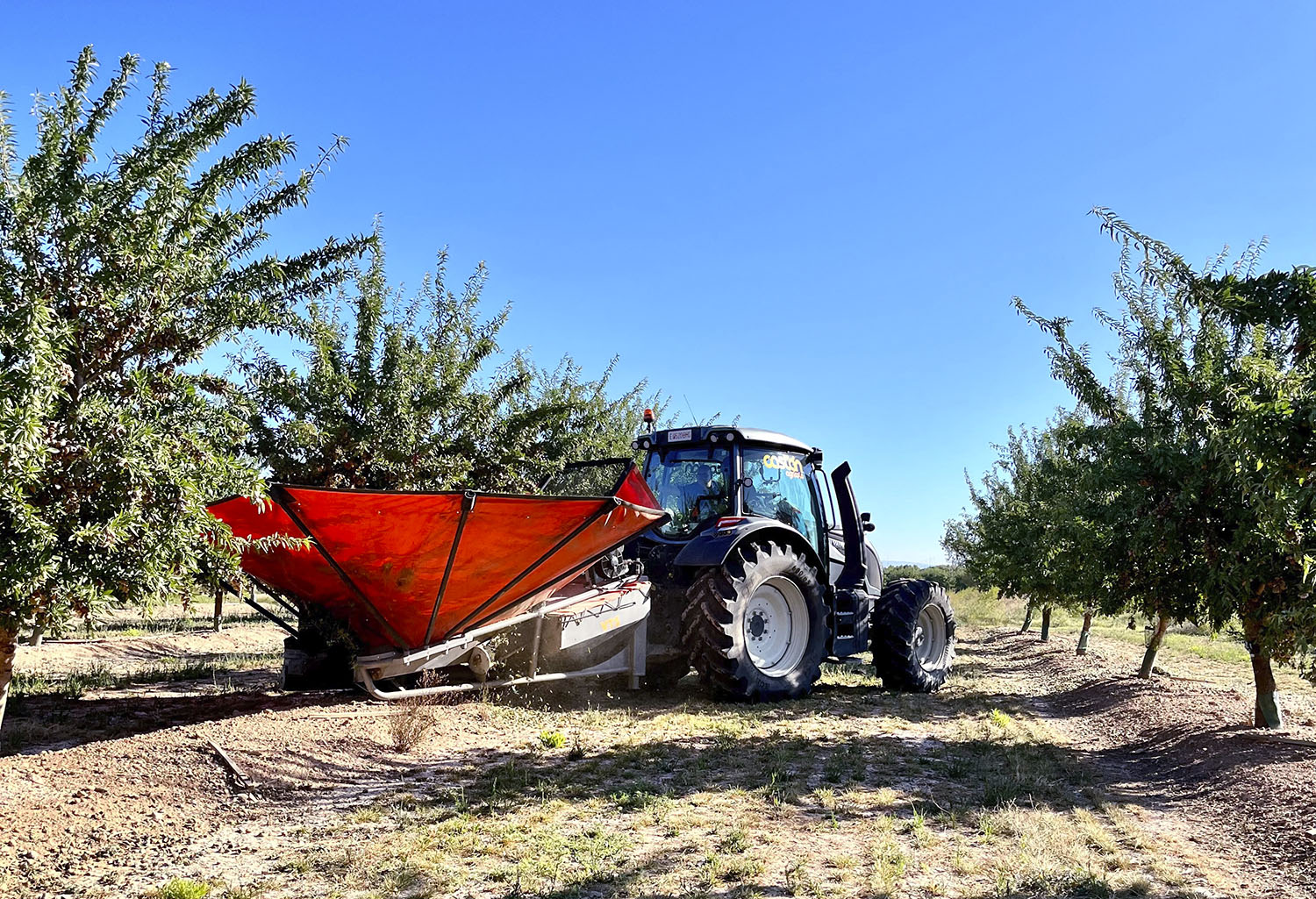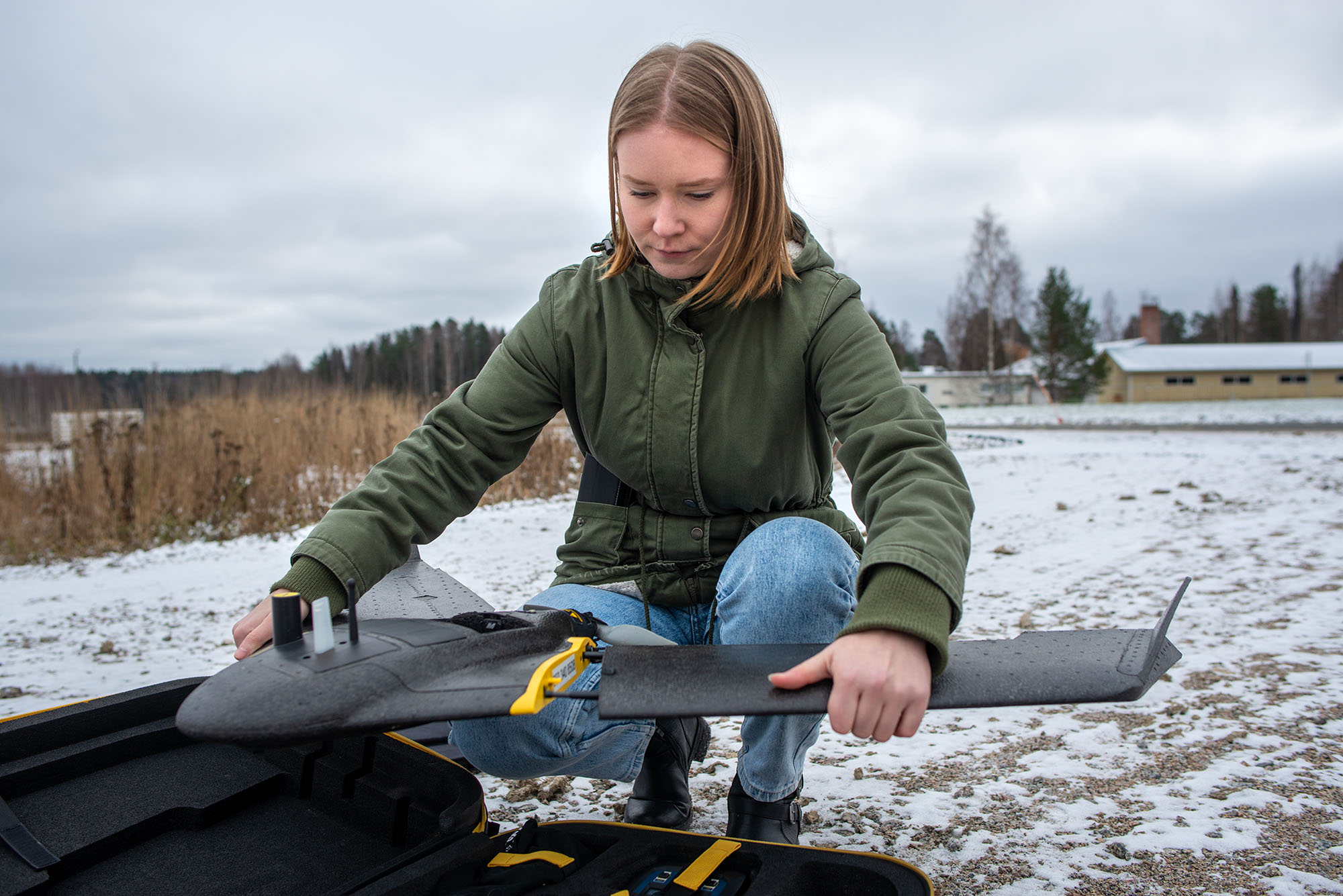What is happening to my tractor?
Owners of new Valtra models may be in for a surprise when their tractor notifies them of the need for regeneration. This is a relatively new function that cleans the diesel particulate filter (DPF) and other emissions control systems in the exhaust pipe. During regeneration, the tractor remains at a standstill while the engine runs at high revs to burn any impurities.
“Regeneration is always done during servicing before changing the engine oil, but the tractor can also recommend it at other times. The need for regeneration varies depending on the tractor’s load and outdoor temperature. If the tractor is driven a lot in wintertime or only occasionally, regeneration may be needed in between regular service intervals. On the other hand, if the tractor is driven at full power mostly in summertime, additional regeneration may not be needed,” explains Tiina Herlevi, Manager, Technical Service Valtra EME.
Regeneration is a fully automated procedure that is very simple for the driver. The tractor raises the temperature of the exhaust gases to upwards of 500 degrees, which is sufficient to burn any sulphur and particulates that have accumulated in the filter. The procedure is fully automated, and progress can be monitored on the display in the cab. The driver can also see how much time the procedure will take.
Park in safe place outdoors
When the need for regeneration arises, the tractor should be driven outside to a safe place where there is a low risk of fire. The engine and exhaust gases can get really hot during regeneration, so the tractor should not be parked under a tree or indoors. If the need for regeneration comes at an inconvenient time, it can be postponed five times for five minutes. The need for regeneration is notified by beeping, text on the display and reduced engine power.
“Depending on the model, regeneration can be activated either by a switch or from a menu. For tractors that comply with Stage 4 emissions regulations, the procedure is around 10 minutes faster than for Stage 5 tractors, which can take 30 to 60 minutes depending on conditions. Regeneration takes longer in extremely cold conditions than in hot conditions,” Helevi adds.
The driver does not have to and should not do anything during regeneration. The tractor must remain at a standstill in neutral with the PTO disengaged and the handbrake on at all times. In other words, the tractor cannot be used during regeneration, and pressing the gas pedal will cancel the procedure. •
Text: Tommi Pitenius Photo: Valtra Archive



